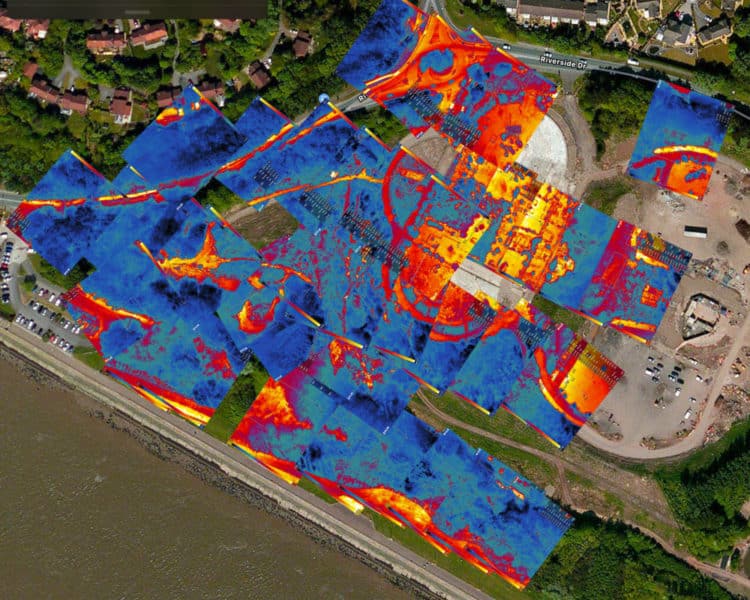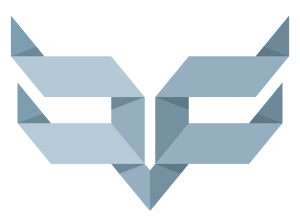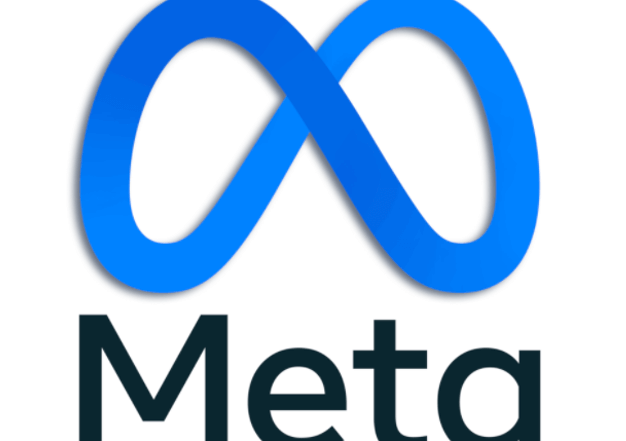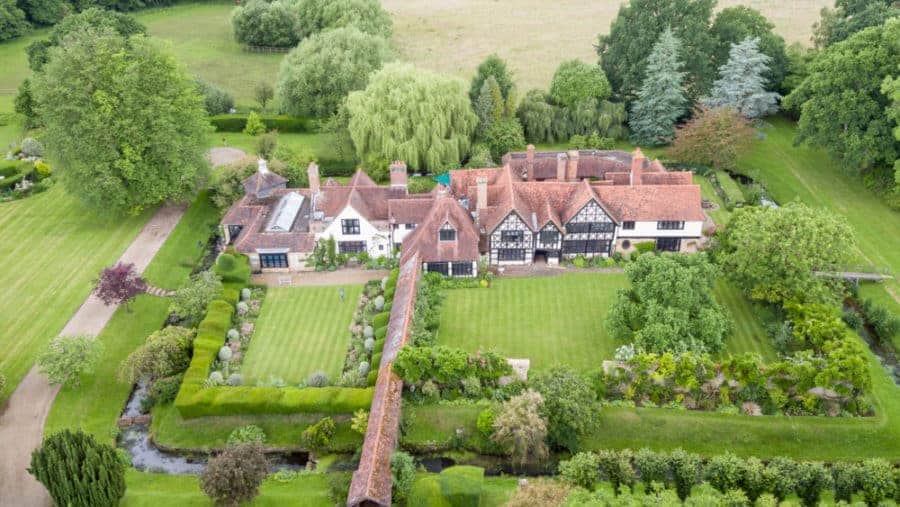
Drone Environmental Thermal Imaging for Solid Waste Landfill Sites


Enhancing Fire Safety Measures:
The Role of Drone Environmental Thermal Imaging in Solid Waste Landfill Sites
The Solid Waste Landfilling (SWL) holds a high risk of fire emergencies and represents hazards to people and to the environment mainly due to sub-products, odours and volatile and non-volatile compounds from the immense heat caused by decaying solid matter.
Solid waste landfill sites are essential for managing and disposing of our society’s waste. However, these sites pose significant fire risks that can have devastating consequences for both the environment and public health. Traditional fire survey methods have limitations in detecting and preventing fires in these areas. Fortunately, the emergence of drone technology and thermal imaging has revolutionised fire safety measures in solid waste landfill sites.
Drones equipped with thermal imaging cameras have become invaluable tools in identifying potential fire hazards in landfill sites. These cameras can detect temperature variations and hotspots, allowing operators to identify areas at risk of combustion. By providing real-time data and high-resolution images, drones enable landfill operators to monitor the site more effectively and take proactive measures to prevent fires.
According to a study conducted by the National Fire Protection Association (NFPA), landfill fires are a significant concern, with an estimated 5,000 landfill fires occurring in the United States each year. These fires release harmful pollutants into the air, such as dioxins, furans, and volatile organic compounds, posing serious health risks to nearby communities. By utilising drone environmental thermal imaging, landfill operators can detect potential fire outbreaks early on, minimizing the risk of these hazardous emissions.
Revolutionising Fire Surveys: How Drones and Thermal Imaging Technology are Transforming Solid Waste Landfill Site Management
The integration of drones and thermal imaging technology has revolutionised fire surveys in solid waste landfill site management. Traditional fire surveys often involve manual inspections, which are time-consuming, costly, and can be hazardous for workers. Drones equipped with thermal imaging cameras offer a safer, more efficient, and cost-effective alternative.
One of the key advantages of using drones for fire surveys is their ability to cover large areas quickly and efficiently. With their aerial capabilities, drones can capture thermal images of the entire landfill site in a fraction of the time it would take for manual inspections. This allows operators to identify potential fire risks promptly and take immediate action to prevent fires from spreading.
Furthermore, drones equipped with thermal imaging cameras can detect fires even in areas that are difficult to access or hidden from view. Landfill sites often have uneven terrain and various structures, making it challenging for manual inspections to identify potential fire hotspots. Drones can navigate these obstacles effortlessly, capturing thermal images of hidden areas and providing a comprehensive view of the site’s fire risks.
The use of drones and thermal imaging technology in solid waste landfill site management has already shown promising results. In a case study conducted by a waste management company, the implementation of drone environmental thermal imaging reduced the number of fire incidents by 40% in a landfill site. This significant reduction not only saved the company substantial costs associated with fire damage but also minimised the environmental impact and potential health risks to nearby communities.
The integration of drone environmental thermal imaging has enhanced fire safety measures in solid waste landfill sites. By providing real-time data, high-resolution images, and the ability to cover large areas efficiently, drones equipped with thermal imaging cameras have revolutionised fire surveys in these areas. The use of this technology not only minimises the risk of fire outbreaks but also reduces the environmental impact and potential health risks associated with landfill fires. As the technology continues to advance, it is expected that drone environmental thermal imaging will become an indispensable tool in solid waste landfill site management.
Using drones fitted with Thermal Imaging sensors to detect thermal emissions (looking for fire upfront and localised ignition points), chemical and physical parameters (CO, NOx, O3, CH4, air temperature, relative humidity, etc.). Moreover, the availability of viewpoints at different altitudes allow to enlarge the monitored area with full geometrical resolution using only one camera.
What is Thermal Imaging
Thermal imaging, or thermography, is the detection and measuring of radiation in the infrared spectrum being emitted from an object with the use of thermographic cameras. These infrared imaging systems produce thermal video or still images (thermograms) using colour differences to point out the various temperature points of an object from hot to cold levels. Since the amount of radiation increases with higher temperatures, warm spots will stand out from colder spots on the thermal image. Thermal imaging cameras do not need light to operate, they can detect objects in total darkness or in daylight.
The Importance of Solar Panel Inspections in Spring
Spring and summer are peak months for solar energy production—ensure your panels are operating efficiently with a professional thermal imaging inspection. Compliance with IEC62446-3:2017 is essential for both commercial and domestic systems, helping to prevent faults, optimise performance, and maintain insurance coverage. Book your inspection today!
Facebook, Instagram and Threads Removal
Departing Facebook, Twitter, and Instagram to Uphold Ethical Principles In an era increasingly shaped by the influence of powerful social media platforms, Drone Media Imaging has made the principled decision to leave Facebook, [...]
In Thermography what is the difference between Quantitative vs Qualitative analysis
Quantitative and qualitative thermography are two essential methods in thermal imaging analysis. Quantitative thermography measures exact temperature values, while qualitative thermography focuses on pattern recognition. Both play a crucial role in building inspections, electrical fault detection, and industrial diagnostics. Understanding their differences helps professionals choose the right approach for accurate thermal assessments. Drone Media Imaging provides expert thermographic services, ensuring precise, reliable results. Contact us today for professional thermal imaging analysis.
Thermal Imaging Surveys with Drone Media Imaging
Your Content Goes Here
Expert Infrared Inspections for Accurate Thermal Assessments
Need professional thermographic analysis for your project? Our certified experts use the latest infrared technology to deliver precise results. Contact Drone Media Imaging today for expert thermal imaging services.
related posts
Pinpointing energy loss in buildings involves identifying hidden insulation defects, thermal bridges, and air leaks. A Level 3 Thermographer employs advanced thermal imaging to ensure precise diagnostics and compliance with energy standards, providing property owners with detailed reports for informed energy efficiency improvements and cost savings.
Discover how drones and thermal imaging are revolutionizing fire surveys and transforming landfill management.












